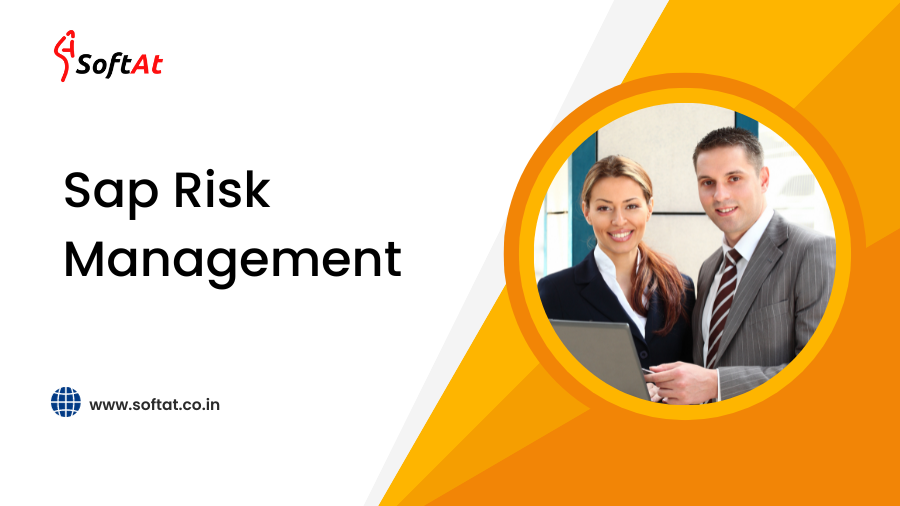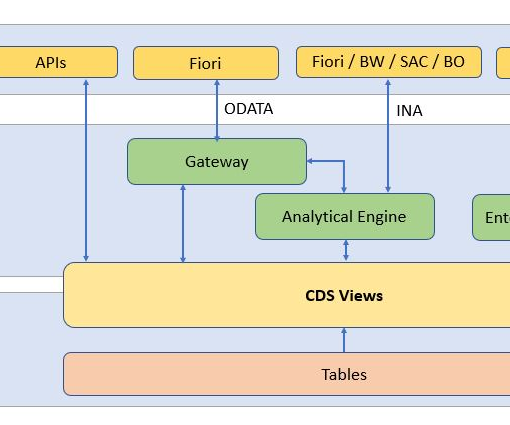In the ever-evolving landscape of business, risk is an inherent element that organizations must confront. SAP Risk Management, a vital component of the SAP ecosystem, offers a robust solution to help businesses identify, assess, and mitigate risks effectively. In this comprehensive guide, we will delve into SAP Risk Management, its significance, features, benefits, implementation, and how it can empower organizations to navigate the complex terrain of risk management with confidence.
1. Introduction to SAP Risk Management
SAP Risk Management is a comprehensive solution designed to streamline risk management processes within an organization. It enables businesses to proactively identify and mitigate risks across various business functions.
2. The Crucial Role of Effective Risk Management
Effective risk management is essential for organizations to safeguard their assets, ensure compliance, and drive sustainable growth. SAP Risk Management plays a pivotal role in achieving these objectives.
3. Key Features of SAP Risk Management
It offers a range of features, including:
3.1 Risk Identification
Efficiently identify and categorize risks relevant to your business.
3.2 Risk Assessment and Evaluation
Assess risks based on impact and probability, enabling informed decision-making.
3.3 Mitigation Planning
Develop and track risk mitigation plans to reduce the impact of identified risks.
3.4 Compliance Monitoring
Monitor and ensure compliance with regulatory requirements and industry standards.
4. Benefits of Implementing SAP Risk Management
By implementing Management, organizations can experience numerous benefits, such as:
4.1 Enhanced Risk Visibility
Gain a holistic view of risks across the organization, enabling proactive management.
4.2 Improved Decision-Making
Utilize data-driven insights to make informed decisions and prioritize risk mitigation efforts.
4.3 Regulatory Compliance
Ensure compliance with evolving regulations and standards to mitigate legal and financial risks.
5. Getting Started with SAP Risk Management
Initiating Management involves several critical steps, including project planning, system installation, and configuration. Collaboration with experienced SAP consultants is essential for a successful implementation.
6. Customizing SAP Risk Management to Your Needs
Tailor Management to align with your specific risk management requirements, ensuring it addresses your unique organizational needs.
7. Navigating the SAP Risk Management Interface
It offers an intuitive user interface, but training your staff to use the system effectively is crucial for optimal results.
8. Efficient Risk Assessment and Mitigation
Discover how it can help you streamline risk assessment and mitigation processes, reducing exposure to potential threats.
9. Integration with Your Business Environment
It can seamlessly integrate with other SAP solutions and external systems, providing a holistic view of your risk landscape.
10. Data-Driven Insights for Informed Decision-Making
Utilize the robust reporting and analytics tools in Risk Management to gain insights into risk performance and identify areas for ongoing improvement.
11. Addressing Common Risk Management Challenges
Explore typical challenges faced during Risk Management implementation and strategies to overcome them.
12. Success Stories: Organizations Thriving with Management
Learn from organizations that have harnessed the power of Management to transform their risk management practices and drive business success.
13. Conclusion: Strengthen Your Risk Management with SAP
In conclusion, It is a game-changing solution for organizations seeking to enhance risk visibility, make informed decisions, and achieve compliance. By implementing SAP Risk Management, you can strengthen your risk management practices and navigate business challenges with confidence.
Frequently Asked Questions (FAQs)
1. Is Risk Management suitable for small businesses?
Yes, It can be scaled to meet the needs of small, medium, and large enterprises.
2. How long does it take to implement Risk Management?
Implementation timelines vary depending on the complexity of your risk management processes but typically range from several months to a year.
3. Can Risk Management integrate with other risk management tools?
Yes, It can be integrated with various risk management tools and systems for seamless data exchange.
4. What kind of training is required forRisk Management users?
Users should undergo training to familiarize themselves with the system’s interface and functionalities. SAP offers training programs for this purpose.
5. How can I measure the ROI of implementing Risk Management?
ROI can be measured through factors like reduced risk exposure, improved decision-making, and enhanced regulatory compliance.
Free Bonuses:
SAP FI Module(Financial Accounting)





